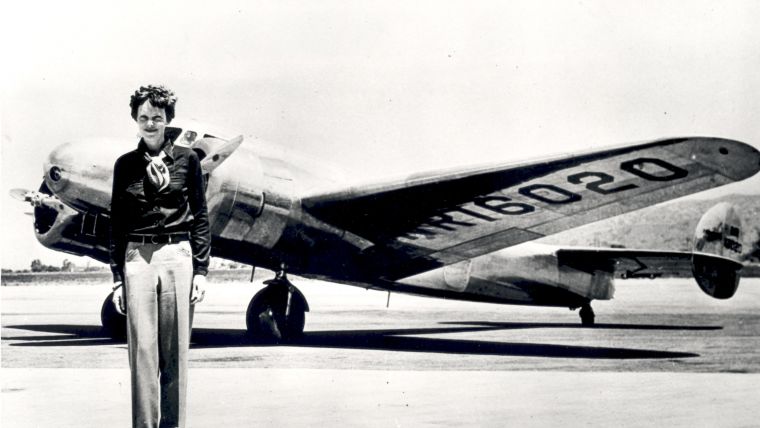Sonar hints at potential discovery of Amelia Earhart’s long-lost plane
In the annals of aviation history, a captivating mystery endures – the perplexing vanishing act of pilot Amelia Earhart. Renowned American explorer Tony Romeo confidently claims to have identified the wreckage of the legendary aviator, placing it at a depth exceeding five kilometres on the ocean floor, nestled between Hawaii and Australia. This revelation unveils a fascinating underwater secret, strategically positioned midway between these two iconic locations. The exploration for the wreckage was markedly advanced with the crucial involvement of Kongsberg Discovery’s HUGIN 6000.
A team of underwater archaeologists may be on the verge of unravelling the enigma surrounding Amelia Earhart’s disappearance, as Deep Sea Vision, a private company, claims to have successfully pinpointed the wreckage of her plane. Utilizing sonar data obtained from a deep-sea drone, the flat and sandy ocean floor yielded slightly blurred but captivating sonar images, showcasing an intriguing airplane-like silhouette. This discovery marks a significant stride towards shedding light on the enduring mystery of the iconic aircraft’s disappearance. Despite the lack of clarity in the image, several experts consider it intriguing enough to merit a second, more detailed examination.
Advanced sensing technology
In a comprehensive exploration covering roughly 13,500 square kilometres of the ocean floor, Deep Sea Vision utilized a 16-person crew and the advanced Kongsberg Discovery HUGIN 6000. Widely regarded as one of the most advanced autonomous underwater vehicles (AUVs), this equipment played a pivotal role in potentially uncovering the Lockheed 10-E Electra, believed to be the fabled aircraft of the iconic American aviator, Amelia Earhart.
Andrew Pietruszka, an underwater archaeologist at Scripps Institution of Oceanography at the University of California, San Diego, and the lead archaeologist for Project Recover, an organization dedicated to finding MIA soldiers and aircraft from World War II, provided insights to CNN regarding the potential discovery. He said: “While it is possible that this could be a plane, and maybe even Amelia’s plane, it is too premature to say that definitively. It could also be noise in the sonar data, something geologic, or some other plane.” Pietruszka’s remarks to CNN underline the caution and uncertainty surrounding the findings, emphasizing the need for a thorough examination before drawing any definitive conclusions about the nature of the discovered object.
Acknowledged as one of the most sophisticated AUVs, the HUGIN 6000 stands out by combining IHO-quality positioning with state-of-the-art, high-resolution sensors. Its capacity to collect data from multiple sensors concurrently enables the generation of a comprehensive data product in a single mission. Whether operating autonomously or under supervision, the HUGIN allows operators to closely monitor its progress and receive real-time samples of sensor data, ensuring effective quality control throughout its mission.















